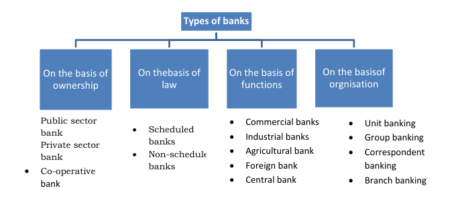What is Automation?
Automation entered into operations management with computerization of operations in 1954 when the first computer was installed in General Electric Appliance Park. The purpose of automation through computerization was to decrease the amount of manual labor and costs involved in preparing salary and accounting statements.
In the 1960s, with the help of analytical software operations managers used to analyze their operations. This software reduced the costs associated with operations and improve the efficiency of the production system. Similarly in the next decade, firms started using manufacturing information systems to automate operations.
Manufacturing information systems were successfully employed planning and controlling several operations. Comprehensive information regarding production and operations was provided to managers through MIS. On the basis of these information systems, the concept of Materials Requirement Planning (MRP) came into existence.
In the same pattern, with the increasing sophistication of software and hardware technologies, advanced production systems like computer-aided design (CAD), computer-aided manufacturing (CAM), and automated storage and retrieval systems (AS/RS) were developed and implemented successfully. With the use of CAM in manufacturing, worker involvement in the production process has come down significantly.
Similarly, Flexible Manufacturing System (FMS) is a set of automated machines, which is controlled by a central computer. FMS systems are capable of producing a large number of products that have similar processing requirements. AS/RS is a computer-controlled warehouse system that automates the inflow and outflow of materials from the warehouse and shopfloor on the basis of production requirements.
The concepts and technologies like artificial intelligence and expert systems influenced manufacturing systems drastically. Automation with the help of programmable machines (like robots) capable of performing multiple tasks was introduced in the production process.
Robots are mainly used for those tasks which are repetitive or dangerous and harmful for a human being to perform. These robotic machines can be configured for a large variety of tasks with minor adjustments. Automation and computerization in operations management have brought about drastic improvements in the production process.
The improved quality of products and services, reduction in labor costs and wastage, increase in the efficiency of the production process, etc. are some benefits that can be noticed easily.
The high cost of implementation and the level of maintenance required for automated machines have posed a great limitation in the use of technology in the production process. Despite these drawbacks, automation through computerization, if used intelligently and effectively, can direct significant improvement in the overall performance of an enterprise.

